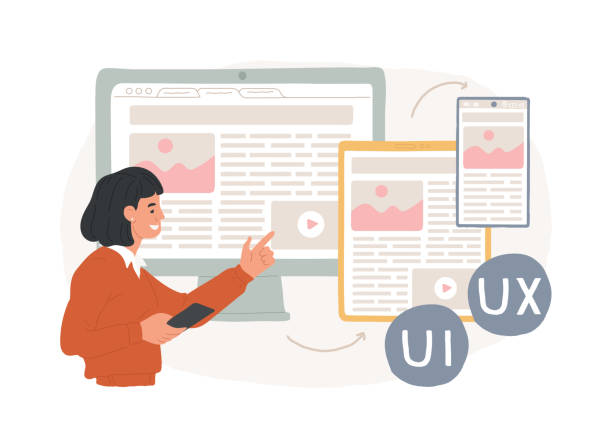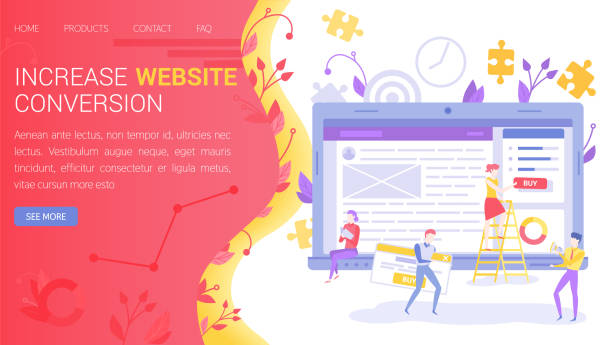What is On-Page SEO? Understanding the Fundamentals of On-Page Optimization
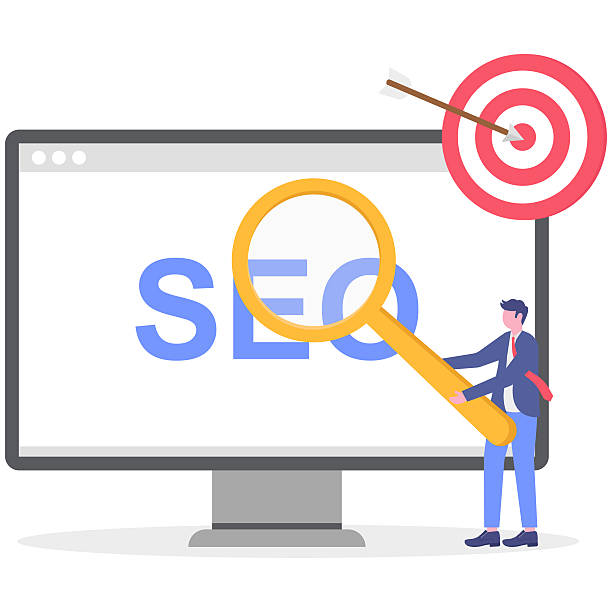
#On_Page_SEO or #On_page_SEO refers to a set of actions taken within your website to improve its ranking in search engine results.
These actions include optimizing various elements such as content, HTML code, and user experience.
The main goal of On-Page SEO is to help search engines better understand the topic and structure of your website, and consequently, display your content to the right audience.
The importance of this area stems from the fact that without strong On-Page SEO, even the best content might not be seen. This section will help you get acquainted with the fundamental principles of this process in an explanatory and educational manner.
In fact, every part of your web page, from the title to the images, can be optimized to improve its performance in search engines.
From choosing appropriate keywords to creating a user-friendly URL structure, all of these are part of a comprehensive On-Page SEO strategy.
Understanding these initial concepts is essential for anyone who wants to have a successful online presence.
Tired that your e-commerce website hasn’t been able to generate as much revenue for you as its potential? Rasaweb, specialized in professional e-commerce website design, solves this problem permanently!
✅ Increased sales and revenue
✅ High loading speed and unparalleled user experience
⚡ Get free e-commerce website design consultation
The Role of Keywords, Meta Tags, and Titles in On-Page SEO
![]()
#Keywords, #Meta_Tags, and #Page_Titles are considered among the most important pillars of On-Page SEO.
Correct keyword selection is the foundation of any successful on-page optimization strategy.
These words must accurately represent the content of your page and align with the phrases users use for searching.
Specializing in this area requires in-depth keyword research.
The Title Tag is the most important HTML element in On-Page SEO, telling search engines and users what your page content is about.
The Meta Description, although not directly affecting rankings, plays a vital role in attracting clicks from search results.
An engaging meta description can significantly increase your click-through rate (CTR).
Remember that these elements should not only be optimized for search engines but also entice users to visit your page.
Optimizing these three elements is the cornerstone of a successful On-Page SEO strategy, and any neglect in this area can lead to a loss of valuable traffic.
Content Optimization: Quality, Readability, and Structure for On-Page SEO

#Quality_Content, #Readability, and #Appropriate_Structure are the three main pillars for success in On-Page SEO.
The content you produce should not only include relevant keywords but also be valuable, informative, and engaging for the user.
Search engines are increasingly focusing on user experience and content quality.
Analytical and educational content that answers user questions and provides solutions will achieve a better ranking.
Text readability, the use of subheadings (H2, H3), short paragraphs, lists, and relevant images all help attract and retain user attention and send positive signals to search engines.
The content structure should be logical and easily guide the user from one section to another.
This not only helps improve the user experience but also allows search engine crawlers to index your content more effectively.
Valuable content creation requires a deep understanding of audience needs and the ability to present information in an engaging and comprehensible manner.
| Element | Importance in On-Page SEO | Key Points |
|---|---|---|
| Content Quality | Very High | Providing accurate, comprehensive, and valuable information. Addressing user needs. |
| Keywords | High | Keyword research, natural usage, and avoiding keyword stuffing. |
| Content Structure | Medium to High | Use of headings (H1, H2, H3), short paragraphs, lists. |
| Readability | High | Fluent sentences, understandable vocabulary, adequate white space. |
| Images and Videos | Medium | Compression, descriptive Alt Text. |
Technical Aspects of On-Page SEO: URL Structure and Internal Linking
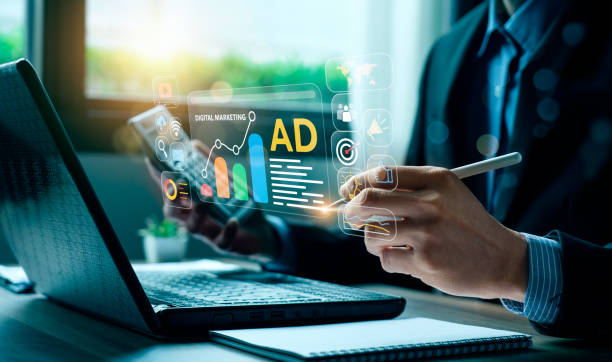
#URL_Structure and #Internal_Linking are two technical and vital aspects of On-Page SEO that are often overlooked.
An SEO-friendly URL should be short, descriptive, and contain the page’s main keyword.
This not only helps users understand the page content before clicking but also assists search engines in better indexing your content.
Avoiding complex URLs containing unclear characters is of paramount importance.
Internal linking refers to creating links between different pages of your website.
This strategy not only helps distribute “Link Equity” throughout your site but also allows search engines to better understand your site’s structure and crawl your pages more effectively.
Additionally, strong internal links help improve user experience; as users can easily find related information on your website.
A targeted and high-quality internal linking strategy is an inseparable part of a successful On-Page SEO.
Google’s guidelines also emphasize the importance of these sections.
Does your current corporate website not reflect your brand’s credibility and strength as it should? Rasaweb solves this challenge for you with professional corporate website design.
✅ Increase visitor credibility and trust
✅ Targeted attraction of more customers
⚡ Click to get free consultation!
Image Optimization for On-Page SEO
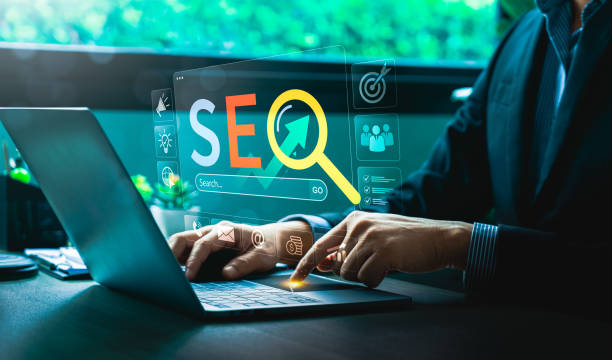
#Image_Optimization is one of the important and often overlooked aspects of On-Page SEO.
Images not only improve user experience but can also be an important source of traffic from image search.
Key points in this regard include compressing image file size without noticeable quality reduction, using appropriate formats (such as WebP for web), and most importantly, using descriptive and keyword-rich Alt Text.
Alt Text helps search engines understand the content of an image, as they cannot “see” images like humans do.
Furthermore, this text is crucial for visually impaired users who use screen readers.
The image file name should also be relevant and readable.
This section will educate you on how to optimize your website’s images for search engines in a few simple steps, thereby increasing the chance of your visual content being seen in search results.
Neglecting this can lead to slower page loading speeds, which is a negative factor for ranking in On-Page SEO.
User Experience and its Impact on On-Page SEO
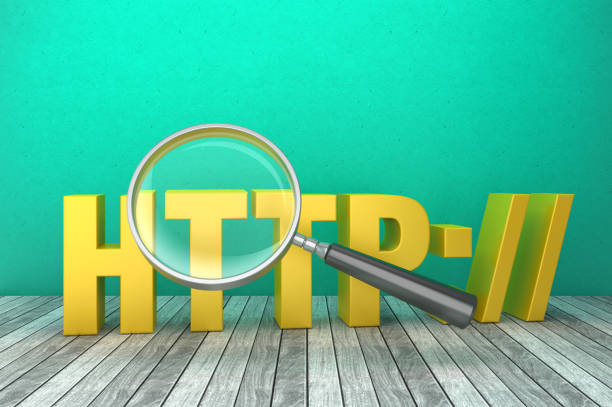
#User_Experience (UX) has increasingly become one of the key factors in the success of On-Page SEO.
Search engines, especially Google, adjust their algorithms so that websites offering a better user experience achieve higher rankings.
The question is, provocative content: Is user experience really that influential on SEO? The answer is a definitive: Yes.
Factors such as page loading speed, responsive design for correct display on various devices, easy navigation, and reduced Bounce Rate all send positive signals to search engines.
If users can easily navigate your site and access the information they need, they will spend more time on your site and view more pages.
These behaviors indicate to search engines that your site is valuable and relevant.
Therefore, any investment in improving user experience will directly lead to an improvement in your On-Page SEO and is an integral part of a comprehensive SEO strategy.
Tools and Techniques for On-Page SEO Performance Analysis
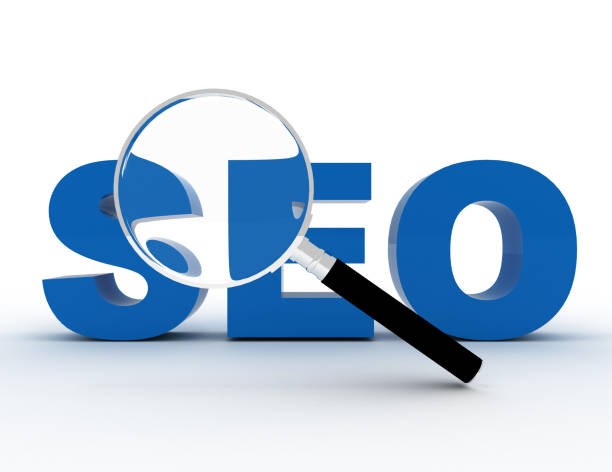
#SEO_Tools and #Performance_Analysis play a vital role in the continuous monitoring and improvement of On-Page SEO.
Without accurate data and proper analysis, your optimizations will only be based on guesswork.
Tools like Google Analytics and Google Search Console provide valuable information about site traffic, keywords users find you with, bounce rate, and potential technical issues.
Other tools like Ahrefs, Semrush, or Moz help you analyze competitor keywords, identify broken links, and find new optimization opportunities.
This section will provide an analytical and guidance approach on how to use these tools to identify the strengths and weaknesses of your website’s On-Page SEO and make data-driven decisions.
Intelligent use of these tools can significantly accelerate the process of improving your site’s ranking and help you achieve your SEO goals.
These tools are like eyes that give you a comprehensive view of your website’s performance in the search world.
| Tool Name | Primary Use | Key Features for On-Page SEO |
|---|---|---|
| Google Search Console | Monitoring performance in search results | Keyword reports, indexing issues, Core Web Vitals data, internal links. |
| Google Analytics | Analyzing traffic and user behavior | Traffic sources, bounce rate, time on site, user paths. |
| Ahrefs / Semrush | Keyword research and competitor analysis | Keyword suggestions, backlink analysis, competitor review, site audit. |
| Screaming Frog SEO Spider | Crawling and technical site audit | Identifying broken links, duplicate titles, missing meta descriptions, redirect issues. |
| Lighthouse (Chrome DevTools) | Analyzing page performance and quality | Checking speed, SEO, accessibility, and best practices. |
Common Mistakes in On-Page SEO and How to Avoid Them
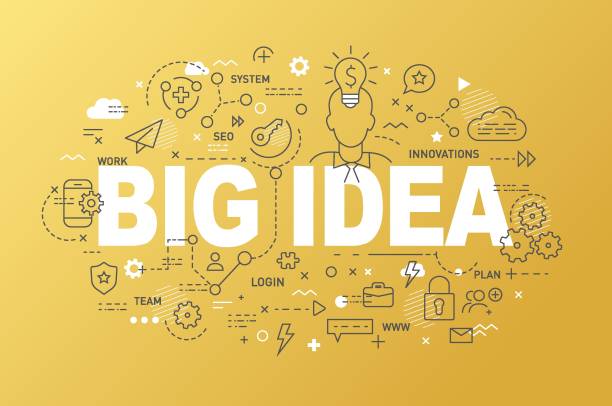
#Common_SEO_Mistakes can nullify your optimization efforts.
In this section, we will address some of the most common errors that occur in On-Page SEO, offering educational and guidance solutions to avoid them.
One of the biggest mistakes is Keyword Stuffing, which not only harms user experience but can also be penalized by Google.
Another common error is ignoring page loading speed; users and search engines value speed.
Lack of an optimized URL structure, not using Alt Text for images, and the absence of proper internal linking are other issues that must be carefully considered.
Furthermore, producing low-quality or duplicate content can harm your ranking.
To prevent these problems, always emphasize content quality, user experience, and adherence to technical standards.
A regular On-Page SEO audit can help you identify and rectify these mistakes before serious damage occurs.
Does your current website build the trust that potential customers should have in your business? If the answer is no, it’s time to get a professional and impactful corporate website with Rasaweb.
✅ Fully customized design tailored to your brand identity
✅ Increased lead generation and business credibility in the eyes of customers⚡ Contact us for a free consultation!
Keeping Up with On-Page SEO Updates and Its Future
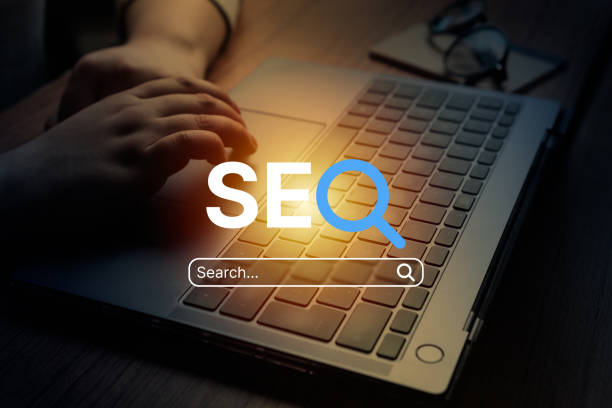
The world of #On_Page_SEO is constantly changing and evolving.
Search engines, especially Google, regularly update their algorithms to provide the best results to users.
For continuous success, it is essential to always keep up with the latest developments and the most engaging learning methods in this field.
These updates can include changes in content valuation methods, new technical factors (like Core Web Vitals), or a greater focus on user intent.
Reading reputable SEO blogs, participating in webinars and conferences, and testing new changes on your own website are all ways to stay at the forefront of SEO knowledge.
The future of On-Page SEO will likely focus on deeper semantic understanding of content, artificial intelligence, and fully personalized user experiences.
Therefore, never stop learning and adapting to changes to remain competitive and maintain your organic site traffic.
Synergy of On-Page SEO with Off-Page SEO for Maximum Success
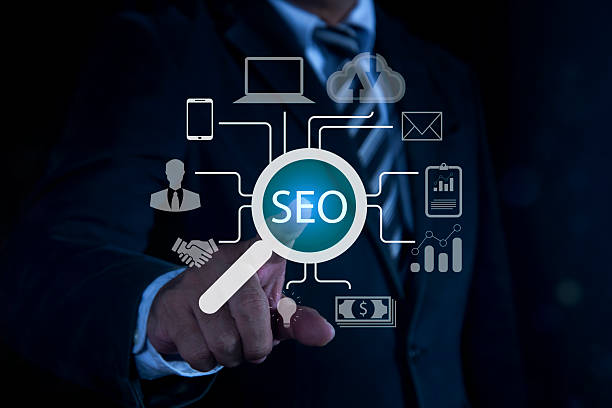
#On_Page_SEO and #Off_Page_SEO are two sides of the same coin, requiring complete synergy and coordination for maximum success in search engine rankings.
Although this article focuses on on-page optimization, understanding how On-Page SEO can benefit from Off-Page SEO and vice versa is of paramount importance.
A precise analysis shows that a website with excellent On-Page SEO has a greater potential to attract natural backlinks (external links).
High-quality and structured content acts as a magnet for links.
Similarly, high-quality backlinks from reputable sites can increase your page’s authority and empower your On-Page SEO.
In fact, Off-Page SEO without a strong On-Page SEO foundation is like building a house on sand; it will ultimately not be stable.
Therefore, to reach the peaks of ranking, your SEO strategy must include comprehensive planning for both On-Page and Off-Page SEO, with each reinforcing the other.
Frequently Asked Questions
And other services of Rasaweb Advertising Agency in the field of advertising
Smart Marketing Automation: A fast and efficient solution for increasing sales, focusing on attractive UI design.
Smart Digital Branding: Designed for businesses seeking user engagement through attractive UI design.
Smart Link Building: Professional optimization for online growth using Google Ads management.
Smart Advertorial: A blend of creativity and technology to increase website visits through intelligent data analysis.
Smart Conversion Rate Optimization: An innovative platform for improving click-through rates with SEO-driven content strategy.
And over hundreds of other services in the field of internet advertising, advertising consultation, and organizational solutions
Internet Advertising | Advertising Strategy | Advertorial
Resources
On-Page SEO on Virgool
On-Page SEO Guide on Iran Server
What is On-Page SEO? Mizbanfa
On-Page SEO Checklist on Narenji
? With Rasaweb Afarin, specialists in secure website design and innovative digital marketing strategies, precisely achieve your business goals.
📍 Tehran, Mirdamad Street, Next to Central Bank, Southern Kazeroun Alley, Ramin Alley, No. 6


